Gijón
The urban heart of Asturias lies midway along the region, between Oviedo and Gijón, and the smaller town of Áviles. Asturias is quite long, about 250km, or 155 miles, from west to east and these three sit approximately halfway in. They are very close together, about 30km or 18 miles apart. This makes commuting and daytripping very easily done. The Renfe train connects them, so while on holiday in inland Oviedo, we decide to see the coast. We also get a lovely sunny day for it.
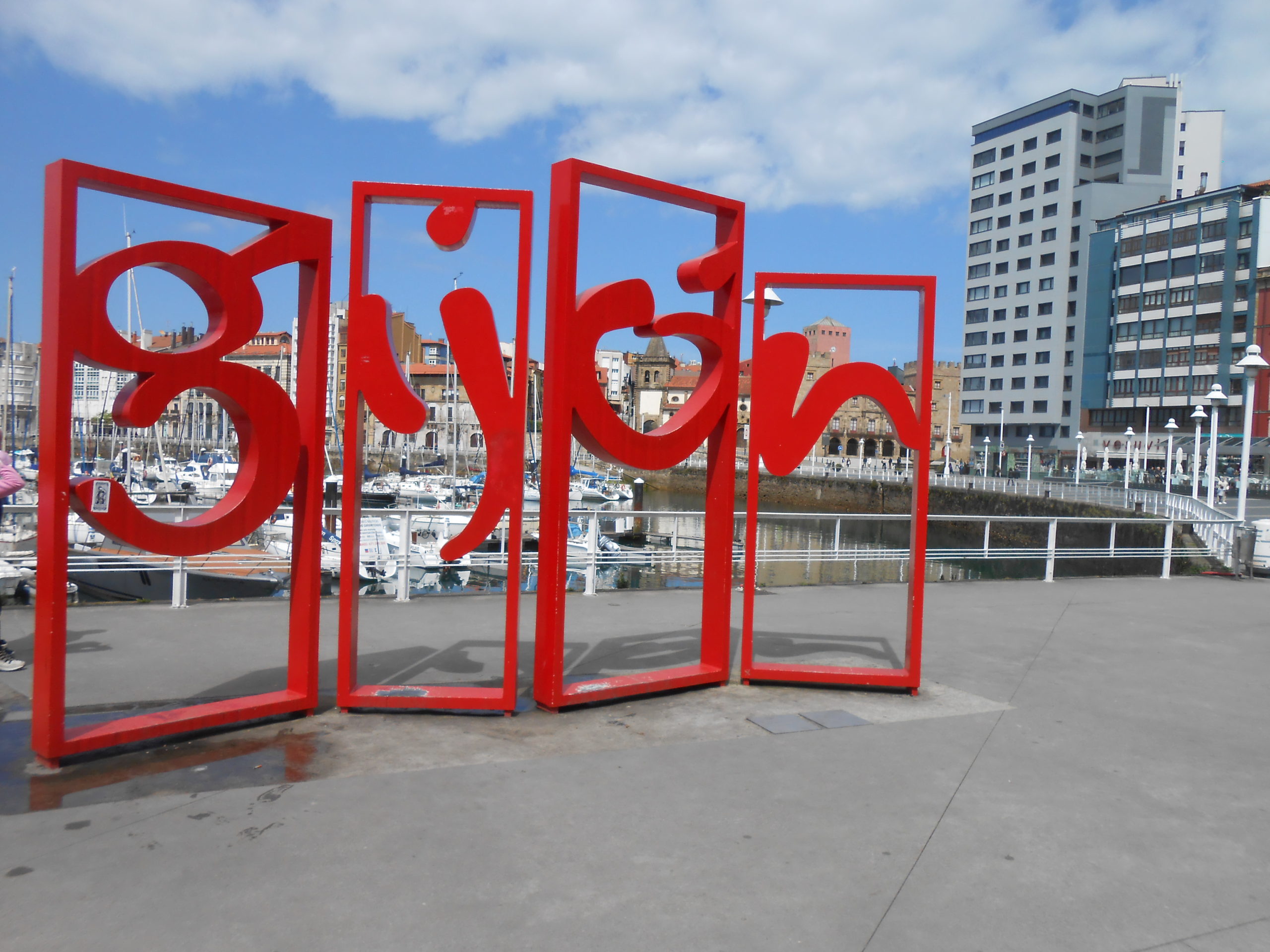
The port city of Gijón
Steam trains and history
Gijón is an impressive place, a bit like Bilbao in attitude and quite similar to San Sebastián in layout. San Sebastián has two main beaches separated by a cape which contains the old historical town and a large marina, and Gijón has this design too. However, the people have quite a bit of pride in their industrial history, which is a shared characteristic with the people of Bilbao.
Gijón itself has its own character though, and proudly displays its history. The first thing we meet as we get off the train from Oviedo and walk towards the beach is the railway museum. This, the Museo del Ferrocarril de Asturias, is across the street from Poniente Beach, and has free entry on Sundays.
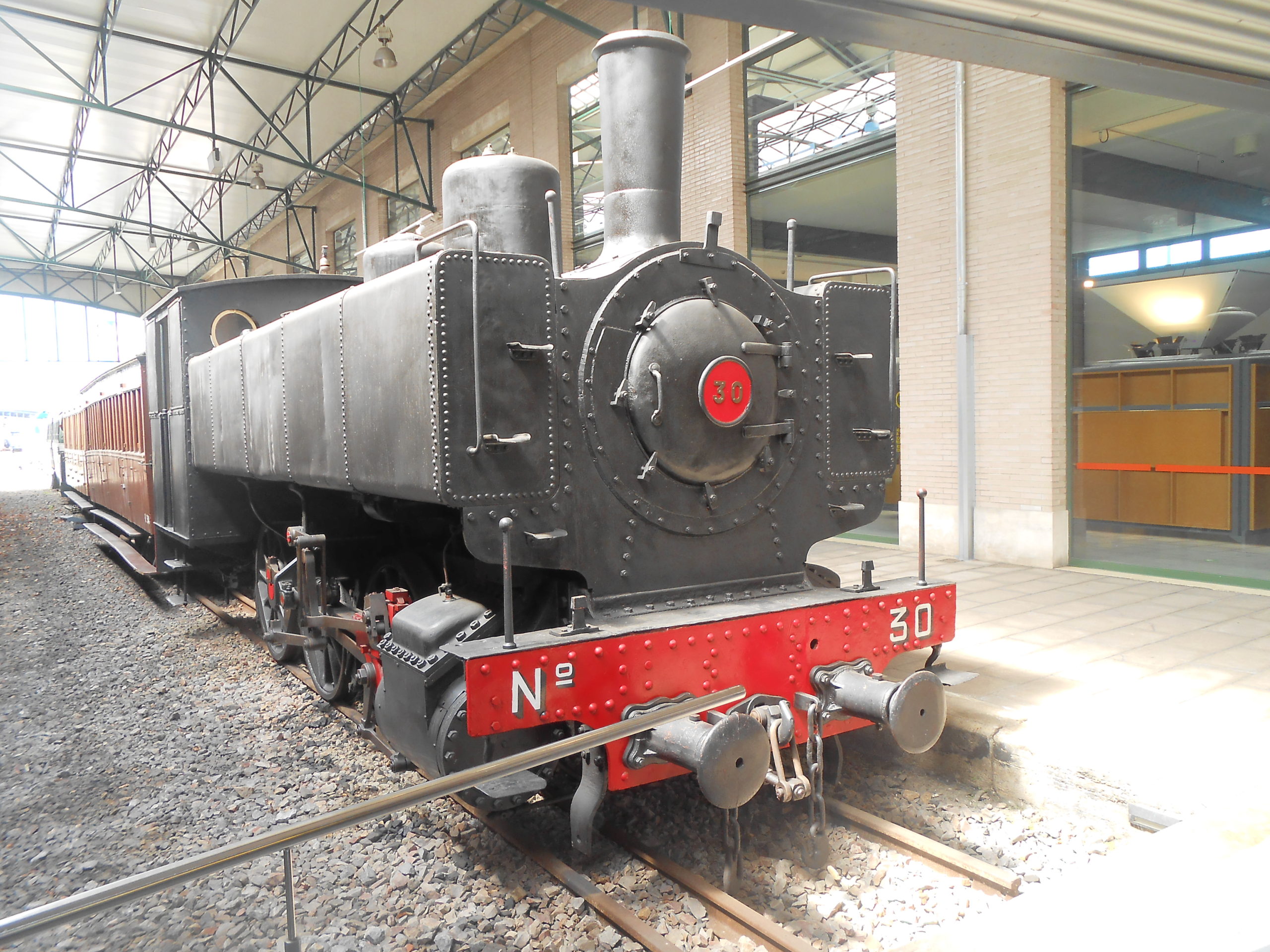
The Asturian Railway Museum, and the history of the locomotive generation
The history of the railways, workers, unions and labour are explained here, with many fine examples of olden trains. You could spend a few hours in here, as the local cats seem to do and they do look quite comfortable lazing about atop the engines.
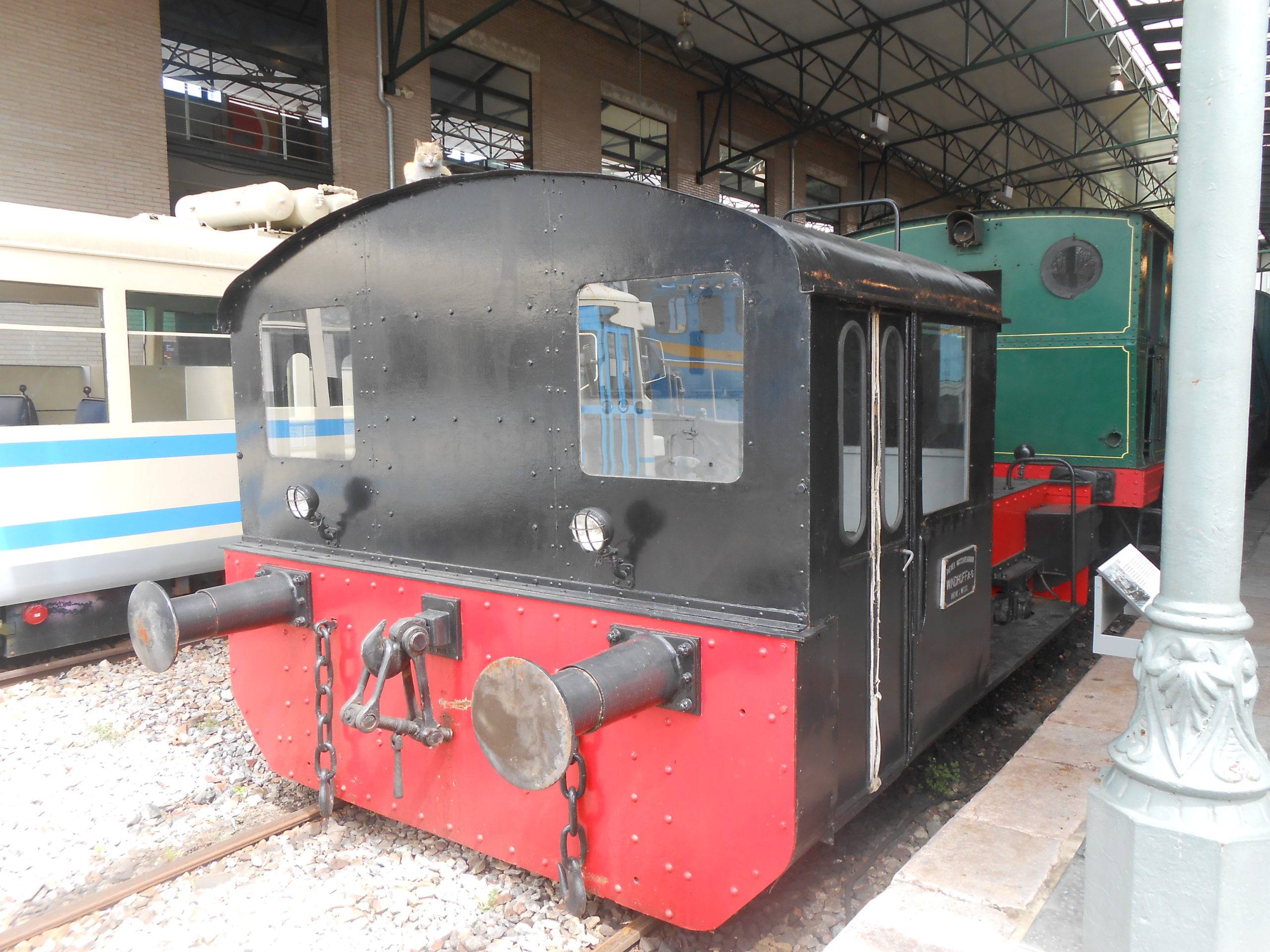
Relaxing cats in the Railway Museum in Gijón
You can see more of the inside of the museum, along with timetables and admission fees at this link.
Beaches
Although we didn't get round to the beach to the east of the old town, it seemed more populated than the first beach we encountered. This was Playa Poniente, which I assume was unpopulated due to its relative proximity to an industrial port area. This was just westward, across the bay, though the water looks very clear. There is a sea wall, el Espigón, sheltering the beach, so dogwalkers and hangover strollers can avail. We encounter several folks sleeping, almost camping without the tents, right at the end. Dunno whether they are pilgrims on the Camino de Santiago, though they look like they could be. The most northerly route of the Camino passes through here, so it's possible a few wanted to take in a nap and some sea air.
There are about half a dozen beaches in the bay around the city, and as I have said, San Lorenzo, to the east, seems more popular with swimmers. We got a lovely day visiting, so Gijón looks like a quieter place for watersports, not yet discovered by tourist hordes.
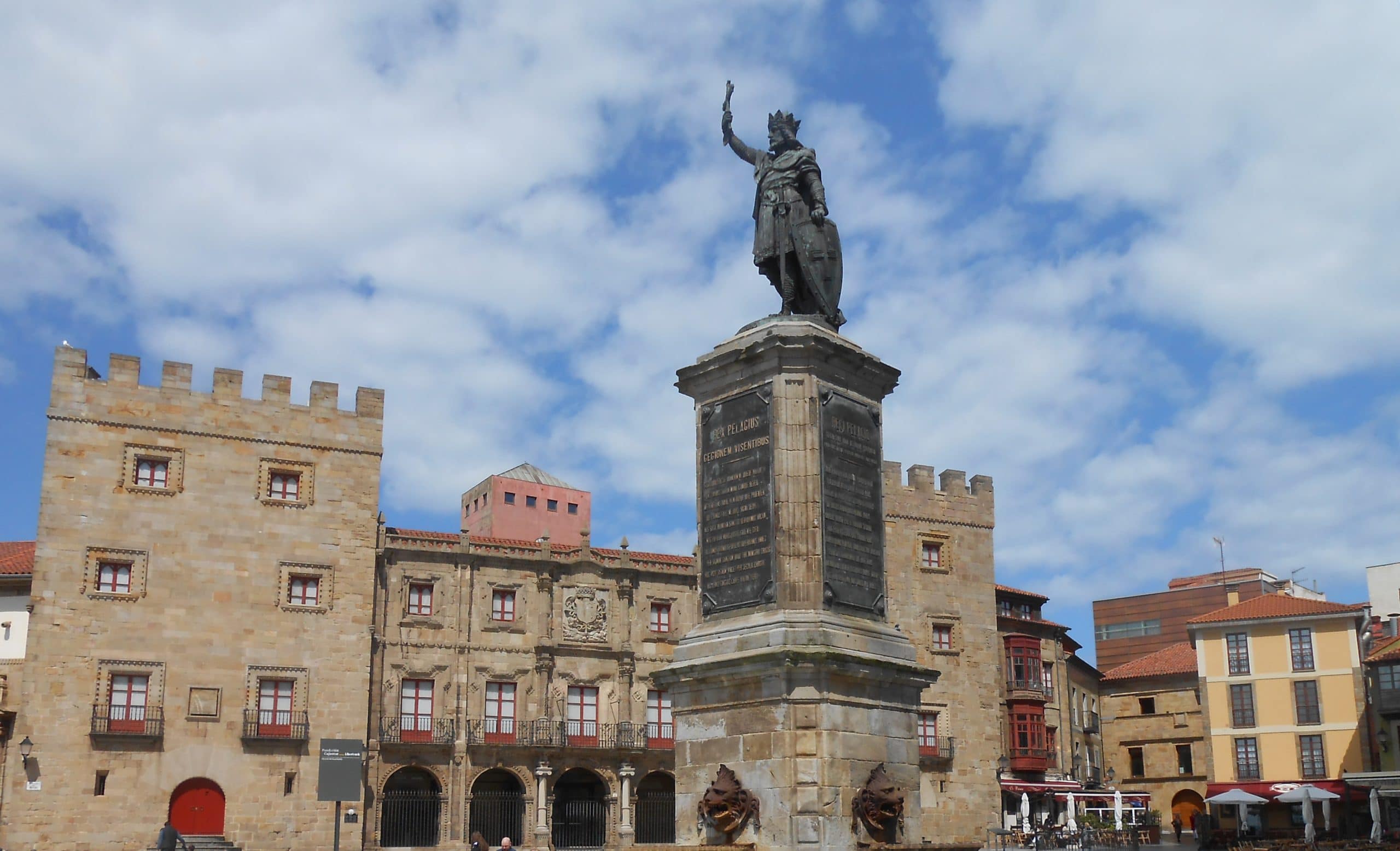
King Pelayo, guarding the old town of Gijón from an invasion of tourists
Old town and the layers of existence
Maybe, if you have seen one old historical quarter in Spain, or anywhere, you've seen them all. They do tend to have the same things, like plazas and arches, but every new one has something special for me. This time, its the mixture of ages. There are many ages throughout the streets here. However, its the more recent urban decay which might just be the most interesting.
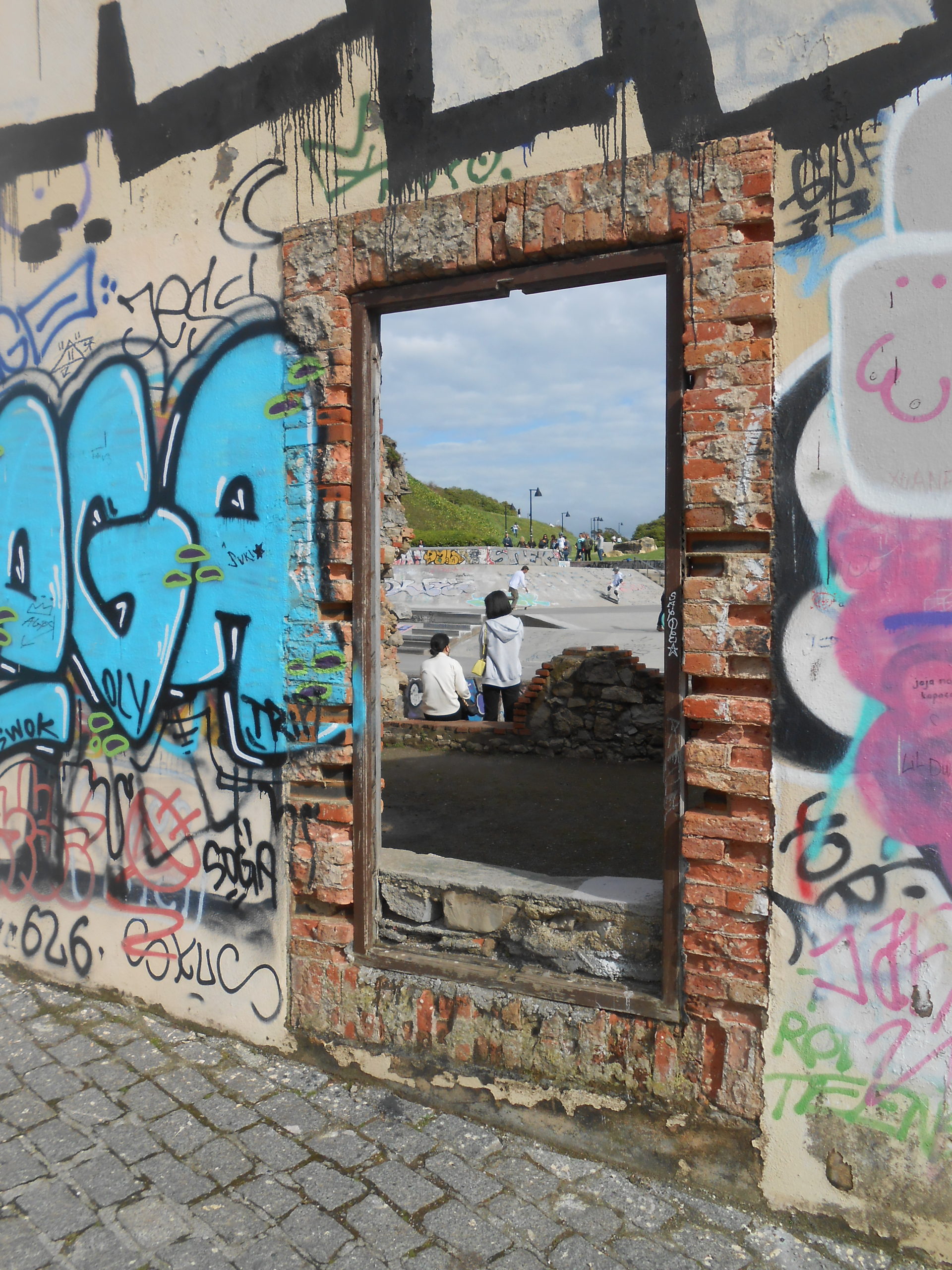
Modernity through the ancient windows; urban decay and youth culture
I've always been fascinated about whether graffiti is art or vandalism. I lean towards the former more and more nowadays, considering it an important form of expression. The young want to rebel, or they at least want to be seen and heard. The fact that acceptabilty often conforms to grey concrete makes you want to paint the system all the colours of the rainbow. To see the decaying ruins of a previous age being put to good use by the local kids is always good to see. A wee lick of paint and a few groovy sprayed autographs make the skatepark we encountered all the better.
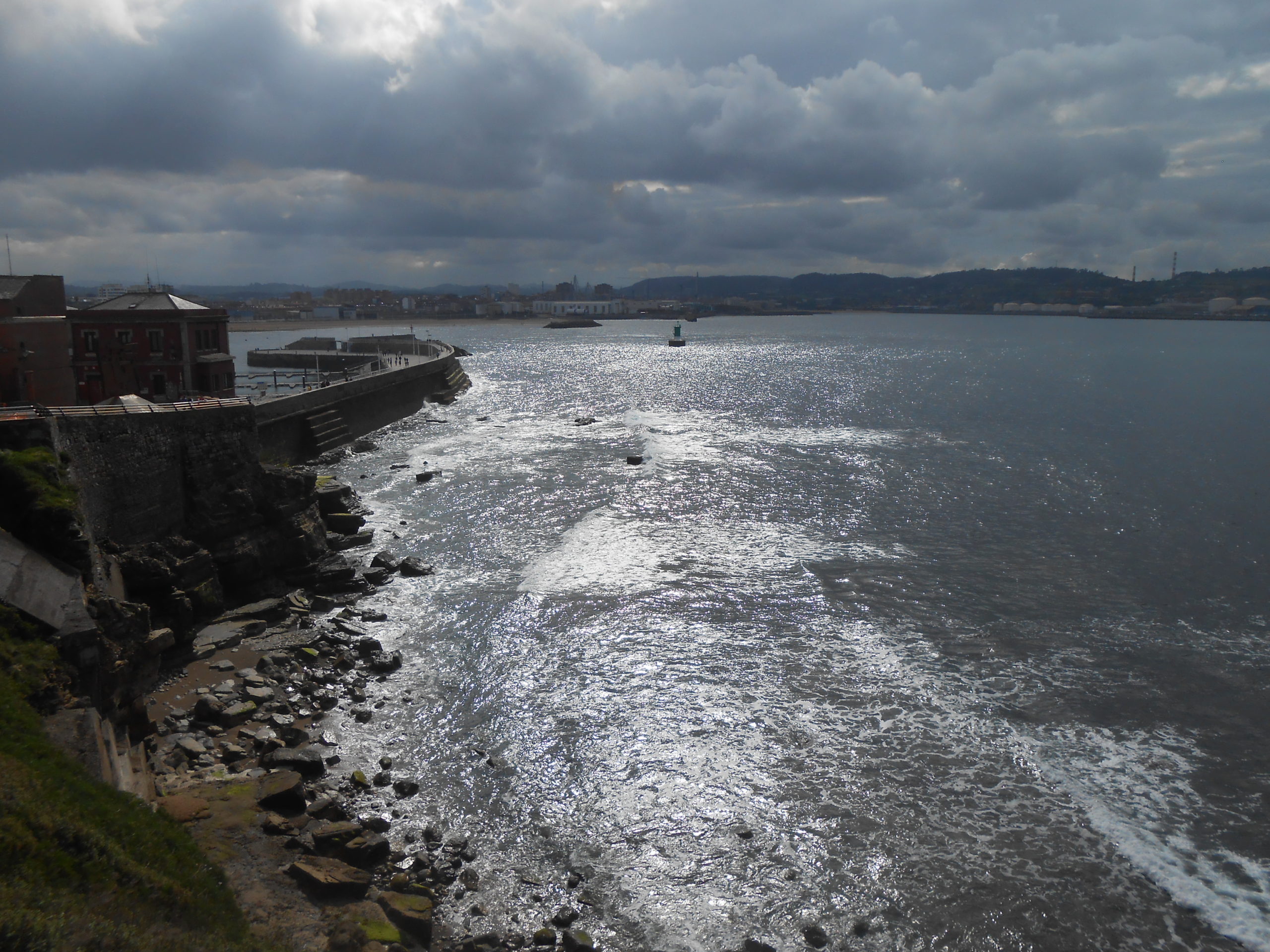
Skatepark to Poniente Beach
It overlooks Poniente Beach and if you pass the park, you will come to steps leading down a cliff to rocks on the shore. We are quite high up at this point, but you can get down to the water by some cliff steps.
Personal impressions
After talking to a restaurant owner, I get the impression that industrial history, or better said a people's history, takes pride of place here. Gijón has layers of history dating back many centuries but it isn't exactly on the mainstream tourist map. It's comparable to Bilbao in terms of its layers of history including the industrial age and its people. So what's the difference between the two places?
There still seems to be a semblence of industry in and around the area, so the need for tourism might not be so prevalent as Bilbao. Bilbao lost most of its industry some time ago, so the coming of the Guggenheim helped transform the economy. Gijón doesn't depend so much on tourism though the city is clearly trying to encourage it, and it deserves a visit.
Compared to nearby Oviedo, it hasn't taken so much advantage of the tourism. Oviedo is the beginning of the Camino Primitivo, the oldest of the pilgrimage walks, so it has that fame. Nevertheless, Gijón has a lot of history, though maybe not so much sculpture up around the place. Oviedo is full of this, though Gijón does have the beach, or six of them to be more precise.
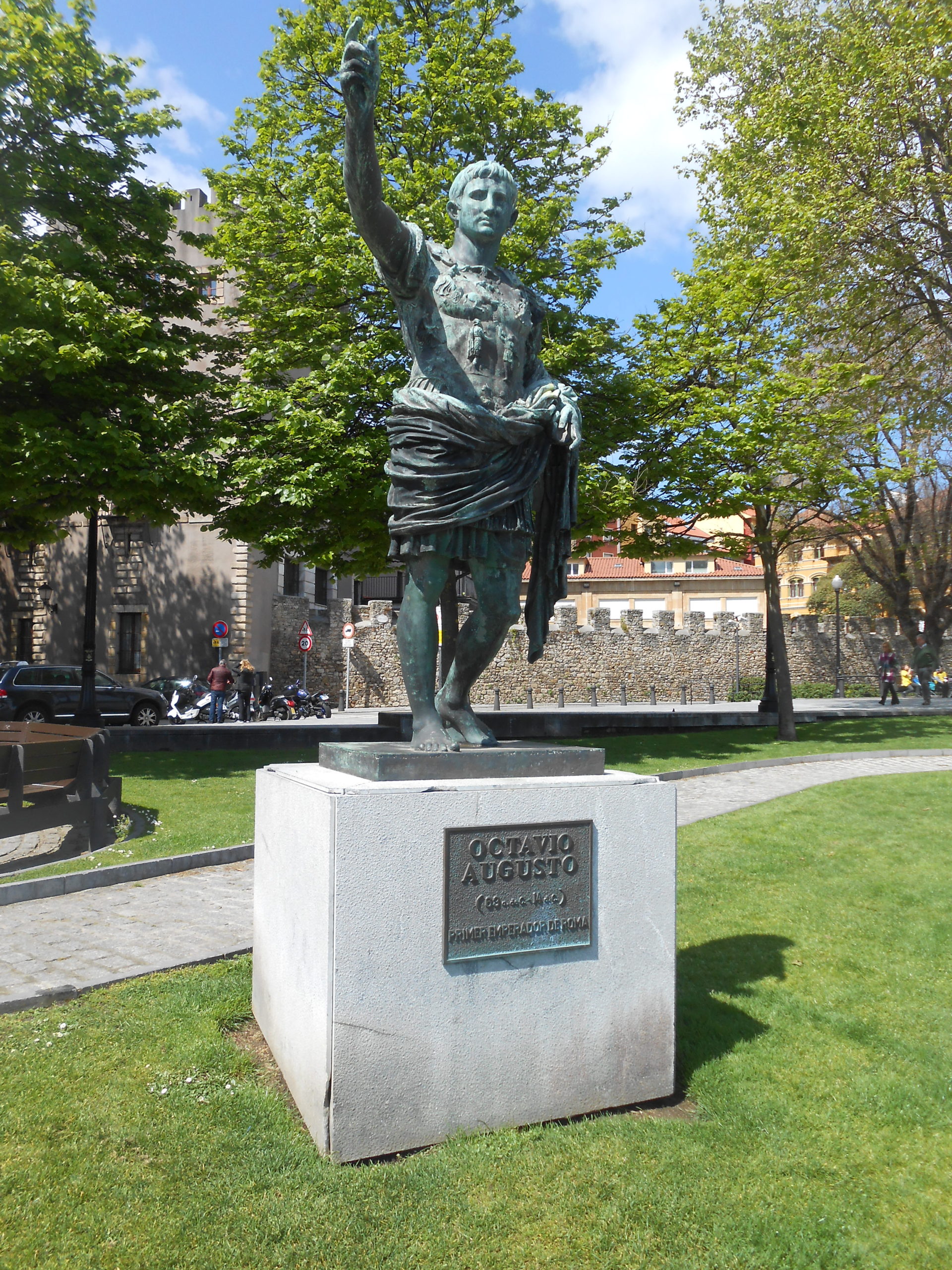
Caesar Octavian Augustus, just off the old town. The old town of Gijón is also full of ancient walls, protected and preserved, as can be seen in the background
Recommendations
Visit the two of them, and throw Ávila into the mix! Seriously though, these three places are worthy of a week-long visit, with trips between them easy, frequent and comfortable. There are regular trains and buses, and the variety between the coastal cities and inland Oviedo sets the pace for an eclectic holiday.
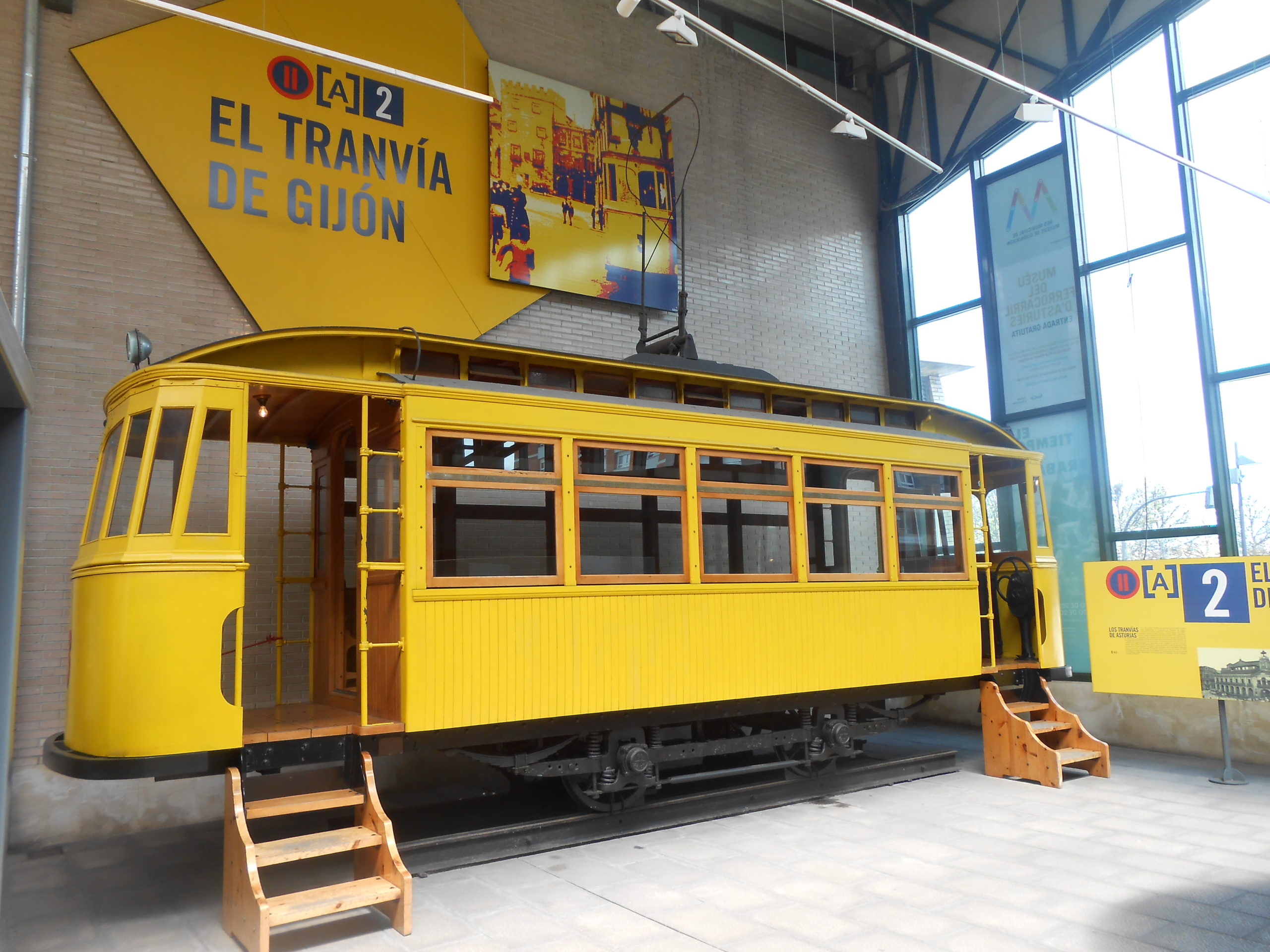
An old-school tram in the Asturian Railway Museum
Gijón though, has a lot on its own to boast about. We were only there for a day, but there is a variety of beaches and sights to see. We didn't see that much, but what little we managed to see gave us a good taste. There are great beaches so a sun holiday is possible, especially in high summer. Remember that this is green Spain, and green scenery means occasional rain. Many from northern countries go to Spain for guaranteed good weather. However, there are other parts with decent mid-summer weather and lots more to see and do than the normal sun holiday. Gijón is close to the mountains, and to see snow-crowned mountains on the horizon on a sunny day is a strange yet reassuring sight.
You can read more about Oviedo at this link and you can find out more about wider Asturias here.
